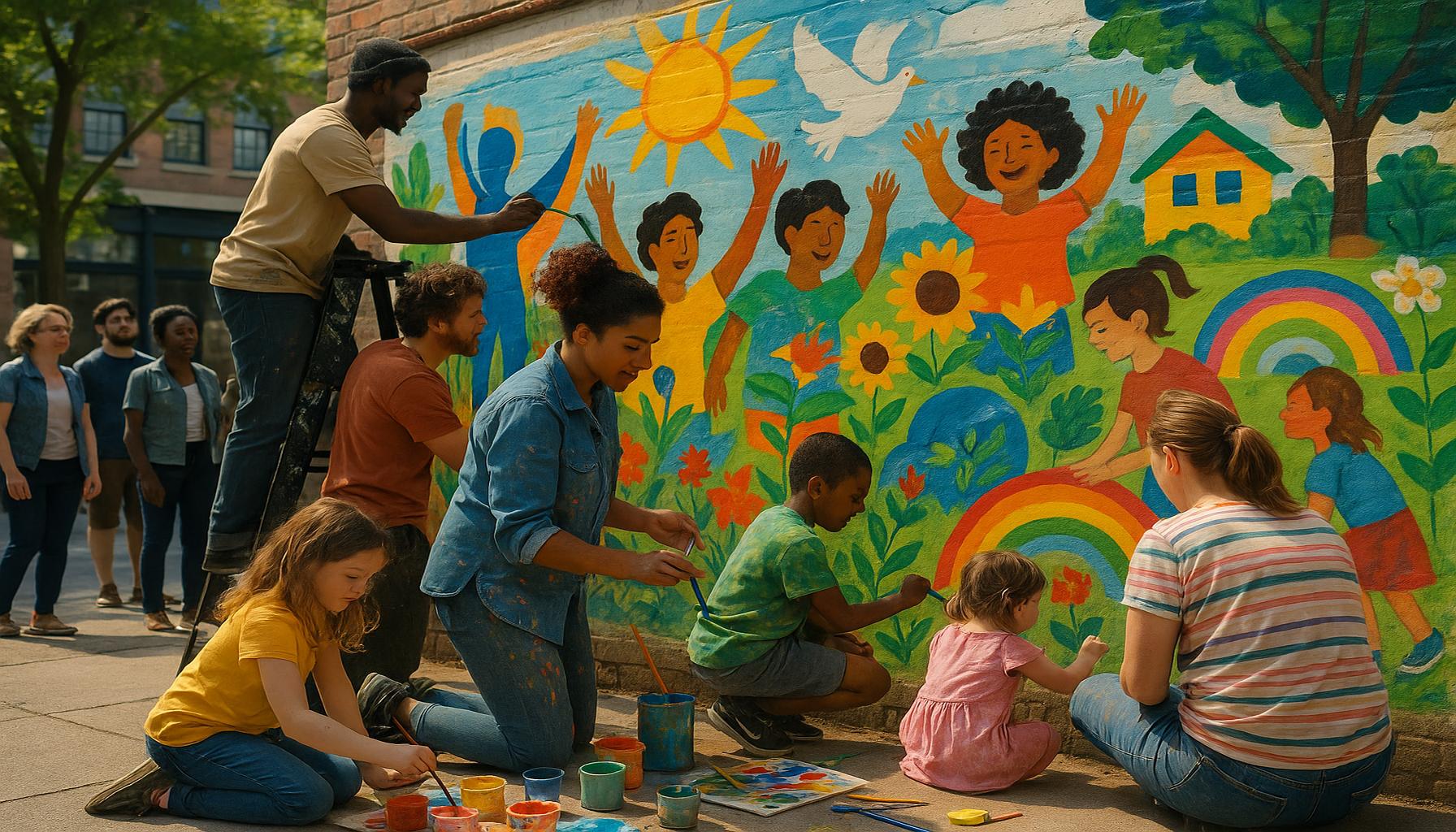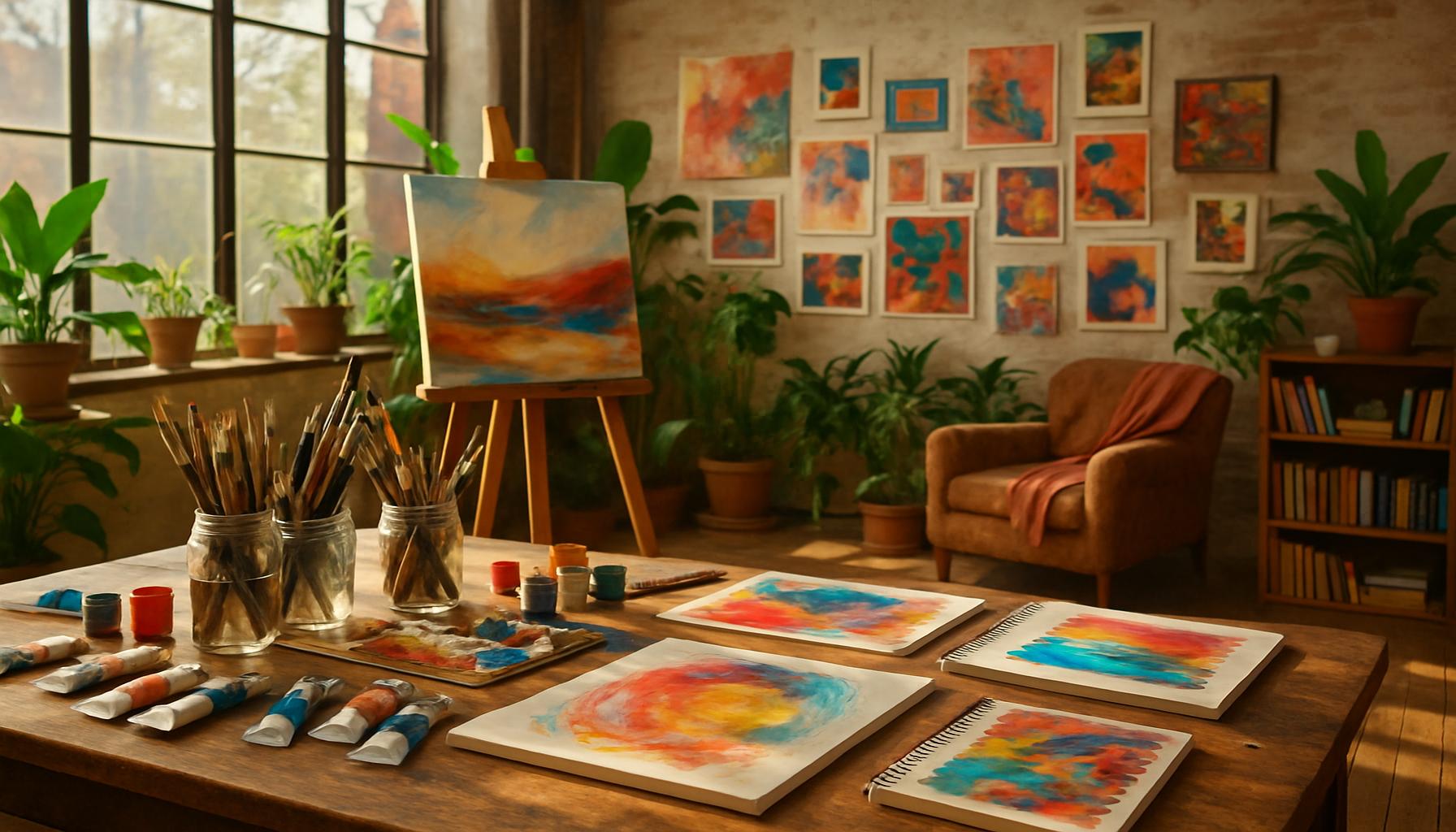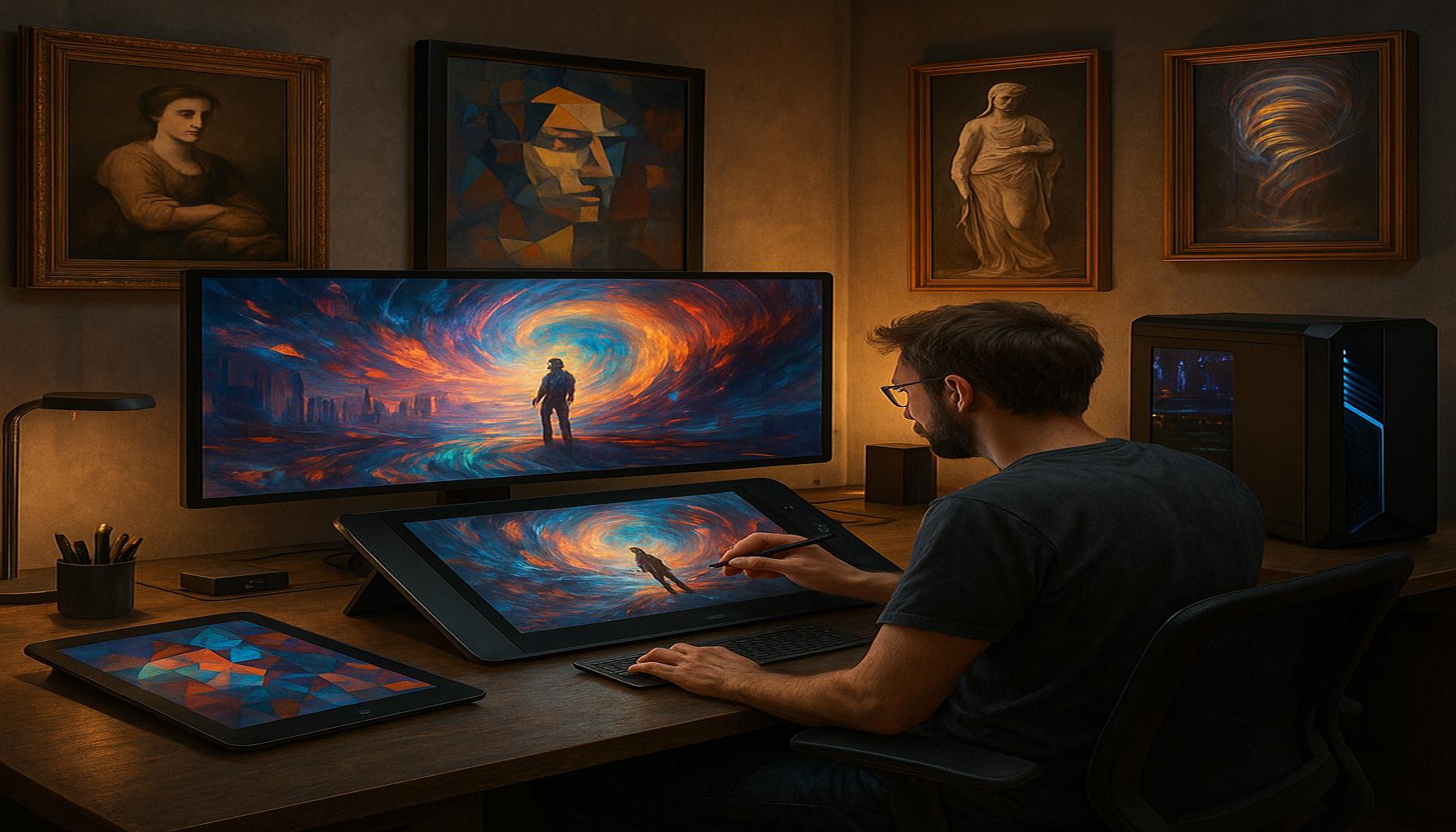The Art of Watercolor Painting: Techniques and Inspirations for Beginners
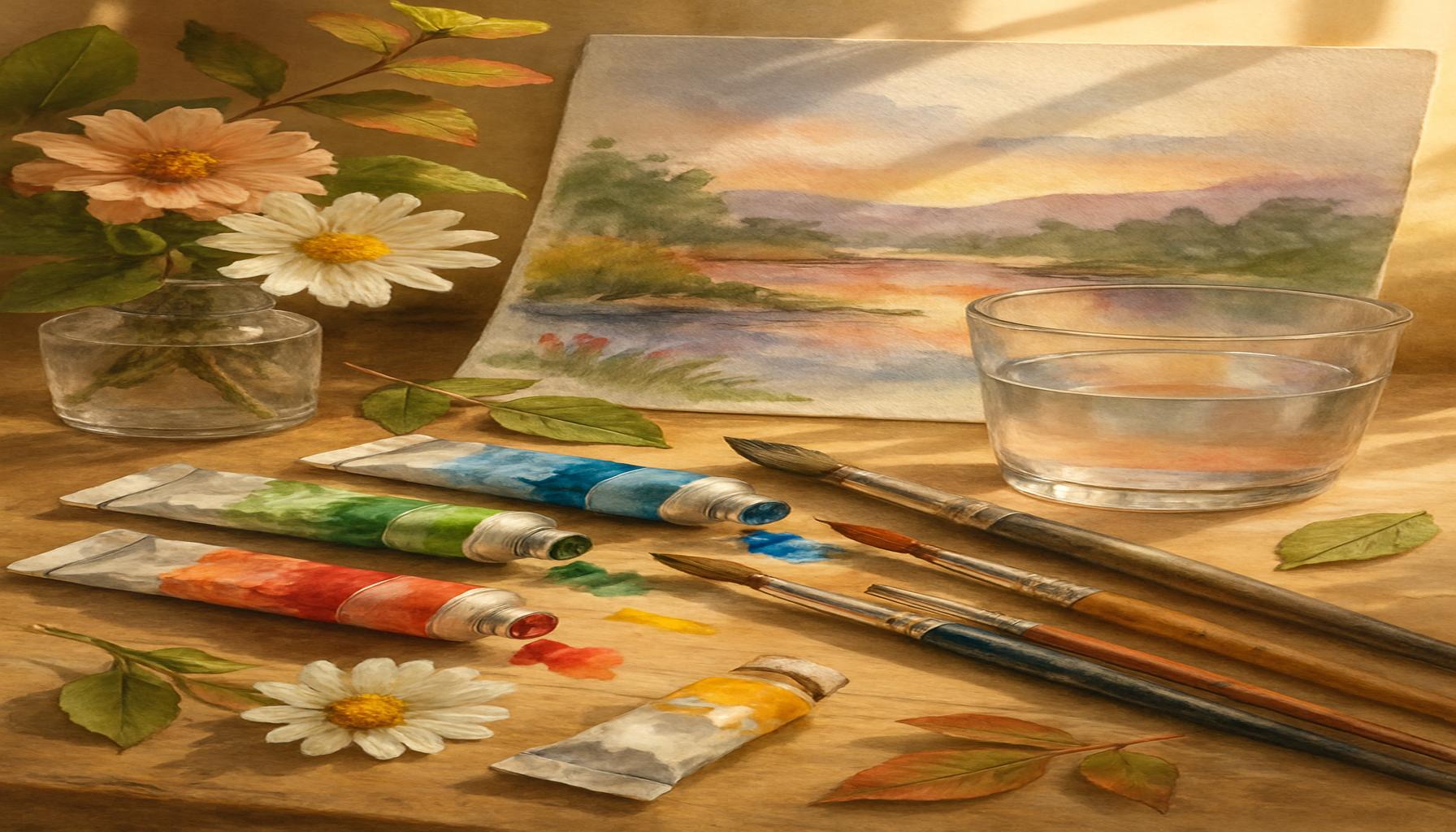
Introduction
Watercolor painting is a fascinating blend of emotion and technique that captivates artists and enthusiasts alike. This medium, characterized by its transparent hues and ethereal quality, offers a unique canvas for expression. Whether you are a novice or seeking to refine your skills, understanding the nuances of watercolor can elevate your artistic journey.
What Makes Watercolor Unique?
- Fluidity: Watercolors blend seamlessly, allowing artists to create soft transitions and washes. This fluid nature enables the creation of stunning gradient effects that are essential in depicting skies, water reflections, or the delicate petals of a flower.
- Versatility: From landscapes to abstract art, watercolor can adapt to various subjects. Artists can paint everything from serene countryside scenes to vibrant, chaotic compositions. The ability to layer colors without losing the integrity of the underlying hues opens doors to endless possibilities.
- Accessibility: With a small set of supplies—essentially just a few tubes of paint, brushes, and watercolor paper—nearly anyone can start creating stunning art. Additionally, many art supply stores in the United States offer affordable starter kits specifically designed for beginners.
As you embark on this creative adventure, it’s essential to explore a variety of techniques and gather inspirations from existing works. Consider the following methods:
- Wet-on-Wet: This technique involves applying paint to wet paper, which can create soft edges and dreamy effects, making it ideal for painting soft landscapes or wispy clouds.
- Dry Brush: Using a dry brush technique creates texture and detail, allowing for the depiction of rough surfaces such as bark or rugged mountains. This method can bring an incredible depth to your artwork.
- Layering: Building depth with transparent washes is crucial in achieving vibrant outcomes. Layering can help to add complexity and richness to a piece, enabling an artist to capture nuances in light and shade that define their subject.
Diving into the world of watercolor offers endless possibilities, inviting you to experiment and discover your own style. Artists like John Singer Sargent and Winslow Homer have made a significant impact in American art history, showcasing the power of watercolor through their lifelike depictions and emotive landscapes. Prepare to be inspired by the beauty around you as you learn to capture it on paper with fluid strokes and rich colors. Whether you’re drawn to classic techniques or eager to innovate, the watercolor medium holds the promise of a fulfilling artistic exploration.
DISCOVER MORE: Click here for creative eco-friendly crafting ideas
Essential Watercolor Techniques for Beginners
As you take your first steps into the enchanting world of watercolor painting, it is vital to familiarize yourself with fundamental techniques that will lay the groundwork for your artistic journey. Watercolor can seem daunting at first due to its fluid nature, but by mastering a few key techniques, you can cultivate both confidence and creativity. Here are some essential watercolor techniques every beginner should explore:
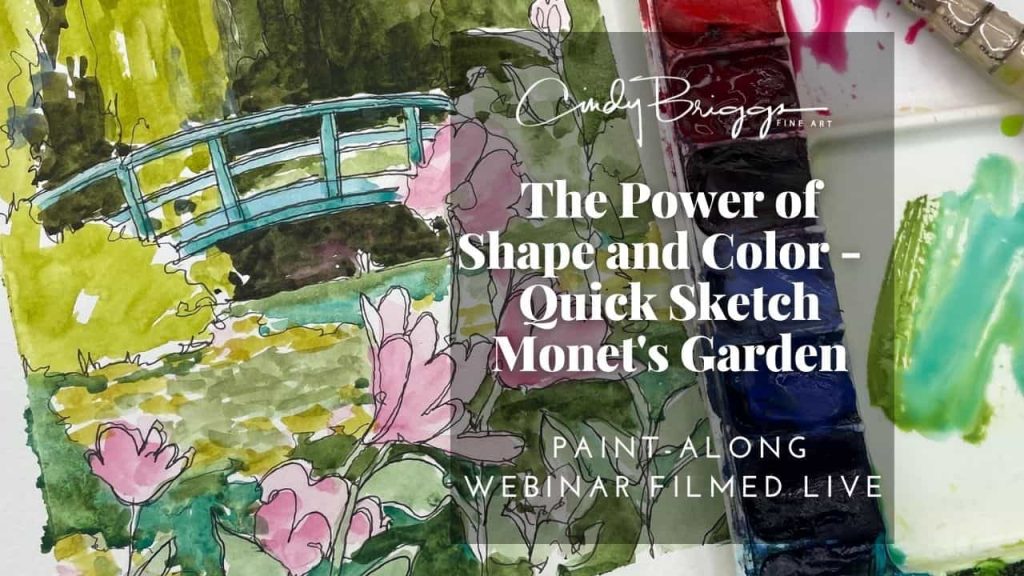
- Wet-on-Dry: This technique involves applying watercolor to dry paper, allowing for precise lines and sharper edges. It is particularly useful for painting detailed subjects such as flowers or architectural elements, as it gives you better control over the paint application.
- Glazing: Glazing is a method wherein transparent layers of color are applied one over another. This allows you to modify existing colors while preserving the vibrancy and luminosity of the original layers. Understanding how to glaze effectively can add depth to your work, creating a visual complexity that draws the viewer in.
- Salt Technique: Experimenting with the salt technique can yield fascinating results. By sprinkling salt on wet paint, the granules absorb the pigment and create unique textures. This whimsical method can introduce exciting patterns reminiscent of natural phenomena such as sandy beaches or starry nights.
- Spattering: Spattering involves flicking paint from your brush onto the paper to create random, organic textures. This technique is particularly effective for adding visual interest to backgrounds or for simulating effects like foliage or distant stars.
Each of these techniques offers different ways to express your artistic vision, and practicing them will help you gain a better understanding of how watercolor behaves. As you experiment with these methods, don’t hesitate to mix them and develop your unique style. Remember that watercolor painting is as much about the process as the final output—a mindset that allows for growth and discovery.
Finding Inspiration in Nature
A rich source of inspiration for watercolor painting can be found in the natural world. Take a moment to step outside and observe your surroundings—nature offers a plethora of colors, textures, and forms waiting to be captured on paper. Consider exploring different environments such as:
- Botanical Gardens: Visit local botanical gardens where you can study various plants, flowers, and foliage up close. The vibrant colors and intricate details provide excellent subjects for your watercolor studies.
- Cityscapes: Urban landscapes present a different palette and form. Capture the energy of bustling streets or the tranquility of a park, emphasizing both the architectural details and the natural elements within city life.
- Water Reflections: Bodies of water often create beautiful reflections, adding complexity to your compositions. Whether it’s a serene lake, an ocean shore, or a suburban pond, the interplay between water and light can significantly enhance your work.
As you nurture your painting practice, keep a sketchbook handy to jot down ideas or capture quick studies of inspiring scenes. These sketches can serve as references for more detailed paintings in the future and keep the creative juices flowing. The art of watercolor painting awaits—embrace it with open arms!
The Fascinating Techniques of Watercolor Painting
Watercolor painting is an enchanting medium that combines transparency and fluidity, offering artists a unique platform for expression. For beginners, the allure of watercolor lies not only in its vibrant palettes but also in the variety of techniques that can be employed to achieve stunning effects. One prominent technique is the wet-on-wet method, where pigments are applied onto wet paper, allowing colors to merge and create dreamy landscapes or abstract forms. This technique requires a delicate touch, inviting novices to explore their intuition and discover personal styles. In contrast, the dry brush technique involves using a dry brush to apply paint onto dry paper, resulting in sharp, defined shapes with a textured feel—ideal for capturing intricate details.Another valuable approach is known as glazing, where layers of transparent paint are applied atop dried layers. This method is excellent for building depth and richness in color, making it especially useful for beginners eager to learn how to manipulate light and shadow in their compositions.
Inspiring Watercolor Artists
Art has the power to inspire, and watercolor painting boasts an array of renowned artists whose work fuels the creative spirit. Painters like J.M.W. Turner and Winslow Homer have showcased the striking potential of watercolor by depicting captivating scenes that immerse viewers in their atmospheres. Understanding their techniques and styles can provide aspiring artists with valuable insights and motivation. In addition to studying masters, contemporary artists often share their watercolor journeys on platforms such as Instagram, creating a vibrant community where beginners can find support, inspiration, and tutorials. Engaging with these resources opens doors to discovering new techniques and ideas, enhancing the learning experience.There’s an inherent excitement in beginning a watercolor journey. As you delve into the world of watercolors, experimenting with various techniques can unleash your creativity and may lead to the discovery of your artistic voice. The interplay of water, pigment, and paper invites you to embrace the freedom that this medium offers while honing your skills as a painter.
| Technique | Description |
|---|---|
| Wet-on-Wet | Colors blend beautifully on wet paper. |
| Dry Brush | Creates sharp, defined textures and details. |
| Glazing | Layers of transparent paint add depth and richness. |
The dynamic world of watercolor painting is waiting to be explored, inviting you to pick up your brush and immerse yourself in this beautiful art form.
DISCOVER MORE: Click here to explore eco-friendly gardening tips
Building Your Watercolor Palette
As you embark on your watercolor painting journey, one of the most fundamental aspects to consider is your palette. A well-curated palette can significantly influence your artwork, providing you with the necessary colors to express your artistic vision. For beginners, starting with a limited palette often leads to more cohesive works. Here’s how to effectively build your watercolor palette:
- Primary Colors: Start with a selection of primary colors: a warm red, cool blue, and warm yellow. These three colors can be mixed to create a vast range of secondary colors, allowing you to understand color theory deeply. For instance, combining your warm red with yellow will yield various oranges, while mixing blue and yellow will give you shades of green.
- Additional Colors: Once you are comfortable with primary colors, consider adding a few secondary colors, such as green, orange, and violet. A neutral color palette can also benefit from including a sepia or burnt sienna for warm tones and a ultramarine for cool shadows.
- Quality of Paint: Invest in high-quality watercolor paints that will provide vibrant pigments and excellent lightfastness. Unlike student-grade paints, professional-grade options may have a higher price but offer superior results for your artworks.
- Mixing Surface: Create a dedicated mixing area on your palette where you can experiment and blend colors. This space will allow for exploration and spontaneity, facilitating your understanding of how colors interact.
With a well-thought-out palette, you’ll find mixing colors becomes a more intuitive process, transforming your experience with watercolor into a seamless and rewarding practice.
Exploring Watercolor Papers
Just as with paint, the type of paper you use plays a crucial role in your watercolor painting success. The absorbency, texture, and weight of your paper can drastically alter the results you achieve. When selecting paper, here are the key factors to consider:
- Weight: Look for paper that is at least 200 lb (about 425gsm) if you plan to work with large amounts of water. Heavier papers can absorb more water without warping, while lighter paper is suitable for less watery applications.
- Texture: Watercolor paper comes in three main textures—rough, cold-pressed (notable for its texture and absorbency), and hot-pressed (smooth). Choosing the right texture can enhance specific techniques; for example, a rough surface is ideal for creating texture, while hot-pressed is well-suited for fine detail work.
- Quality: Seek out 100% cotton watercolor papers for the best quality. They provide optimal absorbency, durability, and reworkability compared to pulp-based or synthetic papers. Investing in good paper can make a significant difference in how your colors appear and blend.
Understanding the materials you use allows for further exploration and personal expression in your artwork. Make it a habit to test different combinations of paints and papers, leading to discoveries that will help develop your unique artistic style.
Watercolor Workshops and Online Resources
To enhance your watercolor skills, consider participating in workshops and online classes. These educational platforms can connect you with experienced artists who offer tailored insights into techniques and styles. Many community centers and local art schools conduct classes that cater to various skill levels. Additionally, numerous online resources are readily available—ranging from free video tutorials to structured courses on platforms like Skillshare and Coursera.
As you seek out these learning avenues, connect with fellow artists through social media or local painting groups. Sharing your experiences and receiving feedback is invaluable for honing your craft and sparking new ideas. Remember that every artist’s journey is unique; embrace the process, and let your creativity flow as you explore the vibrant world of watercolor painting.
DIVE DEEPER: Click here to uncover the art of calligraphy
Conclusion
In conclusion, delving into the art of watercolor painting can be a profoundly rewarding experience for beginners. With the right techniques, materials, and a touch of creativity, you can transform your blank canvas into vibrant expressions of your inner self. As you build your fundamental skills, remember that your palette is your key to exploration; mastering color mixing allows you to unlock a spectrum of possibilities and enhances your artistic voice.
Equally important is understanding the paper you choose; selecting high-quality, suitable paper will undoubtedly elevate the quality of your work and provide you with the confidence to experiment. Remember to embrace the unique characteristics of watercolors—their fluidity and transparency invite spontaneity and creativity. It is this very unpredictability that can lead to beautiful surprises in your artwork.
Lastly, engaging with a supportive community through workshops, classes, or online platforms can be incredibly beneficial. In sharing experiences and feedback, you cultivate an environment of growth, inspiration, and motivation. Each painting you create is a step on your artistic journey; take the time to learn, emphasize your style, and most importantly, enjoy the process. The world of watercolor painting is vast and vibrant, rich with endless potential waiting to be discovered. So, pick up your brush, unleash your creativity, and let the colors flow!
